Auctions
Collectors Who Buy Paintings at Christie’s ‘Trailblazers’ Sale Today Will Get Free NFTs Inspired by the Women of Abstract Expressionism
The Rewind Collective offered unique NFTs at today's postwar and contemporary art day sale.
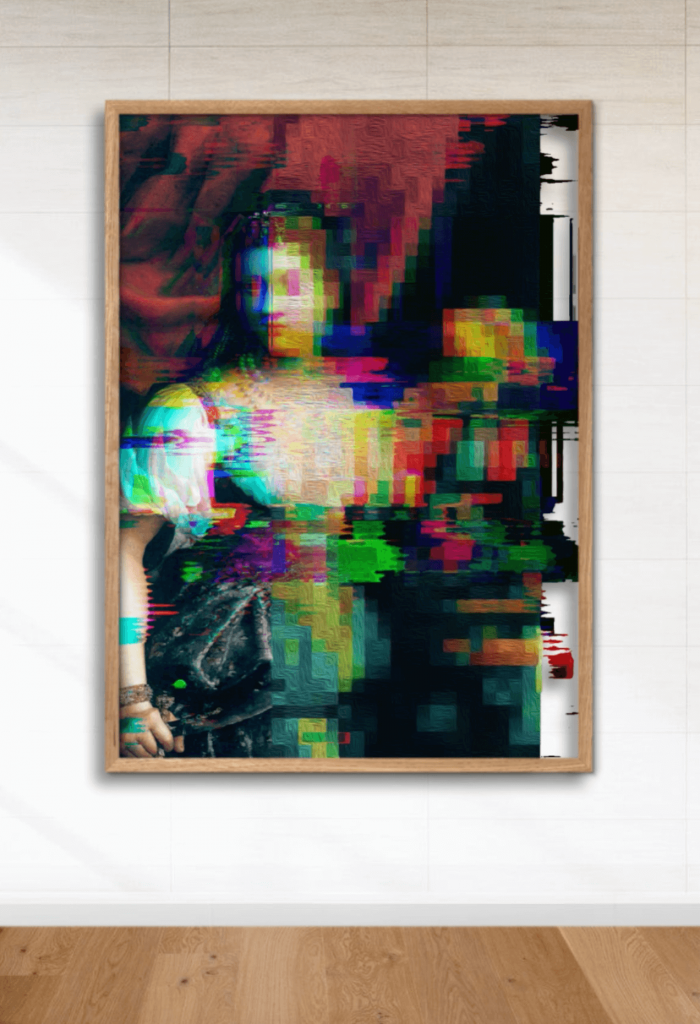
The Rewind Collective offered unique NFTs at today's postwar and contemporary art day sale.

Sarah Cascone

Christie’s New York is adding a twist to its sale of Abstract Expressionist art by pioneers such as Elaine de Kooning, Helen Frankenthaler, and Grace Hartigan today.
The anonymous digital feminist art collective Rewind has made original NFTs to accompany each of the paintings on offer in “Trailblazers: Centuries of Female Abstraction,” a special section of the auction house’s postwar and contemporary art day sale.
Winning bidders will have the option to claim the free, unique NFTs that were inspired by the artists, where they hung out during their lifetimes, and how collectors might display their work today. The Hartigan NFT, for example, shows one of the artist’s paintings hanging above patrons at the old New York art bar the Cedar Tavern.
“It is a great honor to have created artworks in response to physical paintings by the women of Abstract Expressionism. They are heroes to us,” Rewind told Artnet News in an email, noting that its members are “photographers, traditionally trained artists, and digital creatives.”
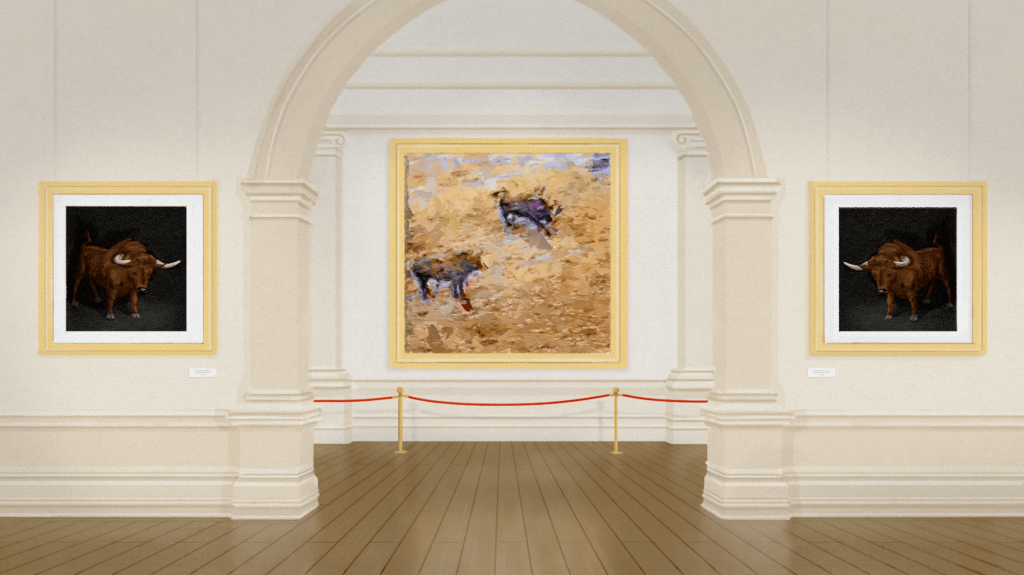
Rewind, Thinking of Elaine (I Call Bull). Courtesy of Amar Singh Gallery.
“Our mission is to rewind back the patriarchy, misogyny, and segregation, and shine a light on those who deserve to be seen and heard,” they added. “We hope technology will begin to strip away the gender imbalances that have existed in the physical art world.”
Rewind is also selling its own NFT, titled Remember Us IV (Watch Your Head), inspired by Baroque artists Lavinia Fontana, Fede Galizia, Artemisia Gentileschi, and Elisabetta Sirani, who all at some point depicted Judith beheading Holofernes—a recurring tribute to women’s empowerment in the 16th and 17th centuries.
“Our ‘Remember Us’ series honors overlooked women and minorities throughout history,” Rewind said. “To create these works we take photographs of historical paintings on our travels or of people within studios and then rework these images digitally before blending them together. The process takes much longer than it might appear from viewing a 15-second digital artwork.”
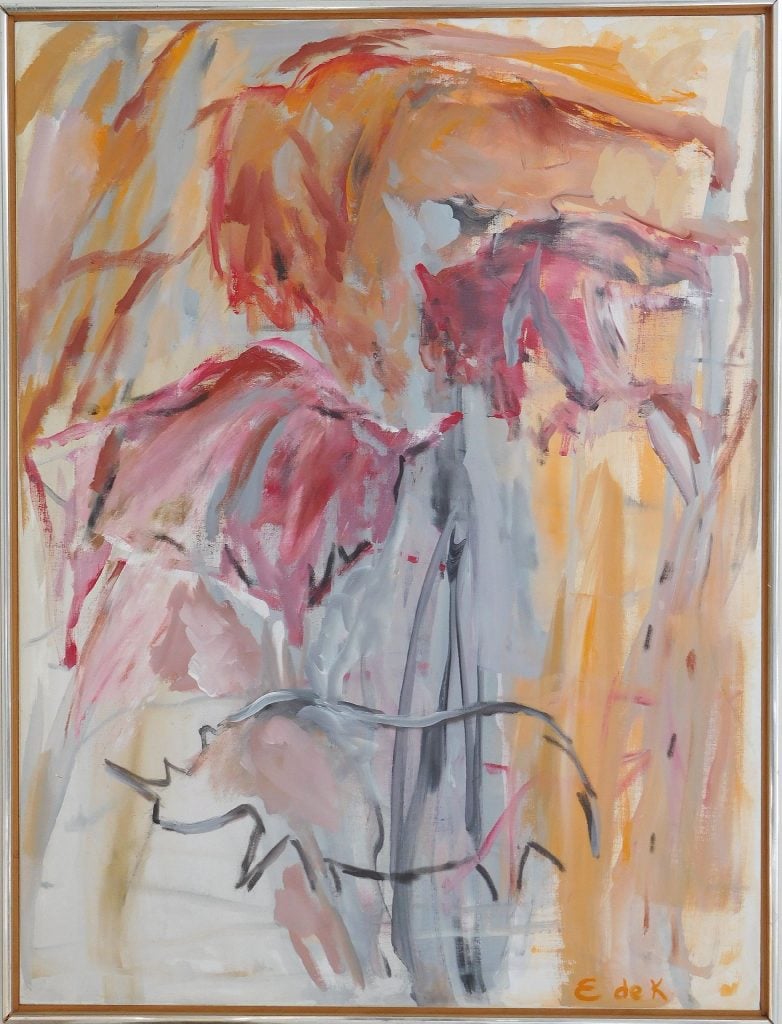
Elaine de Kooning, Red Oxide Grotto (Cave #175), 1988. Photo courtesy of Amar Singh Gallery/Christie’s New York.
“Trailblazers” was organized by Indian human rights activist and gallerist Amar Singh, and includes works from his personal collection. The sale is part of Singh’s ongoing efforts to promote the work of women artists, who remain—just as they were during the height of the Ab-Ex movement— overshadowed by their male peers.
“There is a long way to go. Museum shows, gallery exhibitions, and record prices are still dominated by men,” Singh told Artnet News in an email.
In February, Singh pledged to donate $5 million in artworks by women, LGBTQ+, and minority artists to institutions over the next four years, including a portrait of the U.S. Inauguration poet Amanda Gorman. He also plans to put half the proceeds of the Rewind NFT toward “making more activist art,” he said, and give another portion to Vital Voices, the Hillary Clinton-founded women’s empowerment organization.
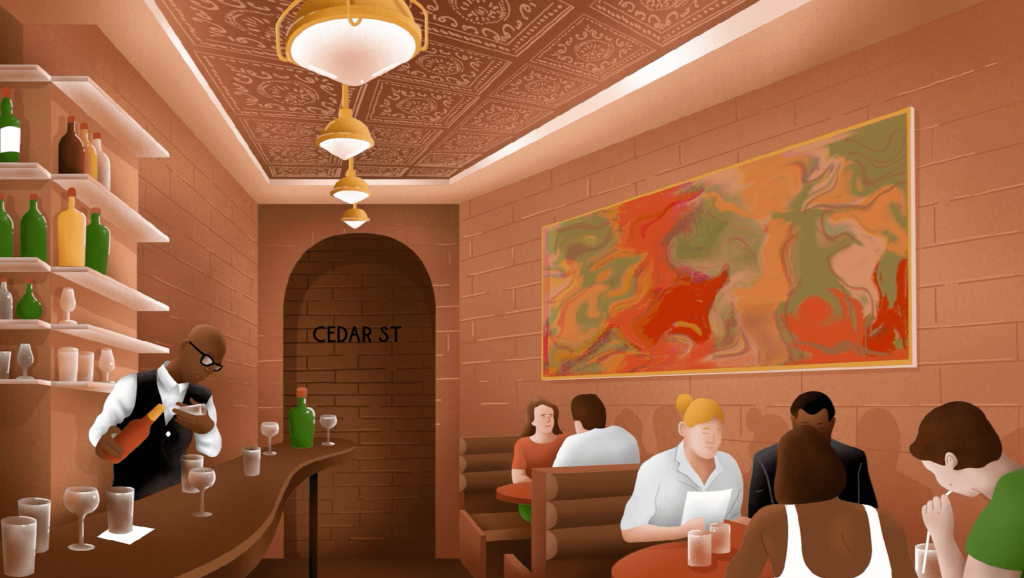
Rewind, Thinking of Grace (Cedar Tavern). Courtesy of Amar Singh Gallery.
Among the paintings for sale in “Trailblazers” are Frankenthaler’s Moon Spin (1975), expected to fetch $500,000 to $700,000; Hartigan’s Pigeon Calls (1962), estimated at $80,000 to $120,000; and de Kooning’s Red Oxide Grotto (Cave #175), also estimated at $80,000 to $120,000. There are two works by lesser known women of the Ab-Ex movement as well: Yvonne Thomas’s Untitled (1954) and Lynne Drexler’s Daffodil Gloucester (1960), with pre-sale estimates of $30,000 to $50,000 and $8,000 to $12,000, respectively.
The Rewind NFT has no estimate and bidding starts at $100. Rewind reports that its top price for one of its NFTs to date is $50,000.
In March, the artist Beeple set a record for the world’s most expensive NFT—and became the third-most expensive living artist—at a now infamous $69 million sale at Christie’s.
“The dominance of white men in the NFT space is sad,” Singh said, but added that he has high hopes for the work by Rewind, who he has shown at his gallery since 2017.
“I feel we will see the work achieve a significant figure because it represents something meaningful and is important, especially when it comes to digital art,” he said. “Let me be more blunt: If a flying cat makes over $500,000, then why the hell shouldn’t a work empowering women whose proceeds are going to help others achieve that?”
See more works from the sale below.
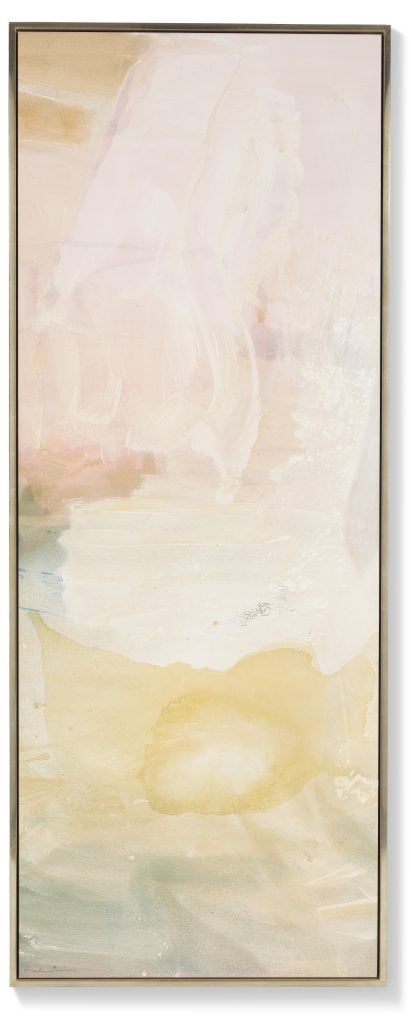
Helen Frankenthaler, Moon Spin (1975). Photo courtesy of Amar Singh Gallery/Christie’s New York.
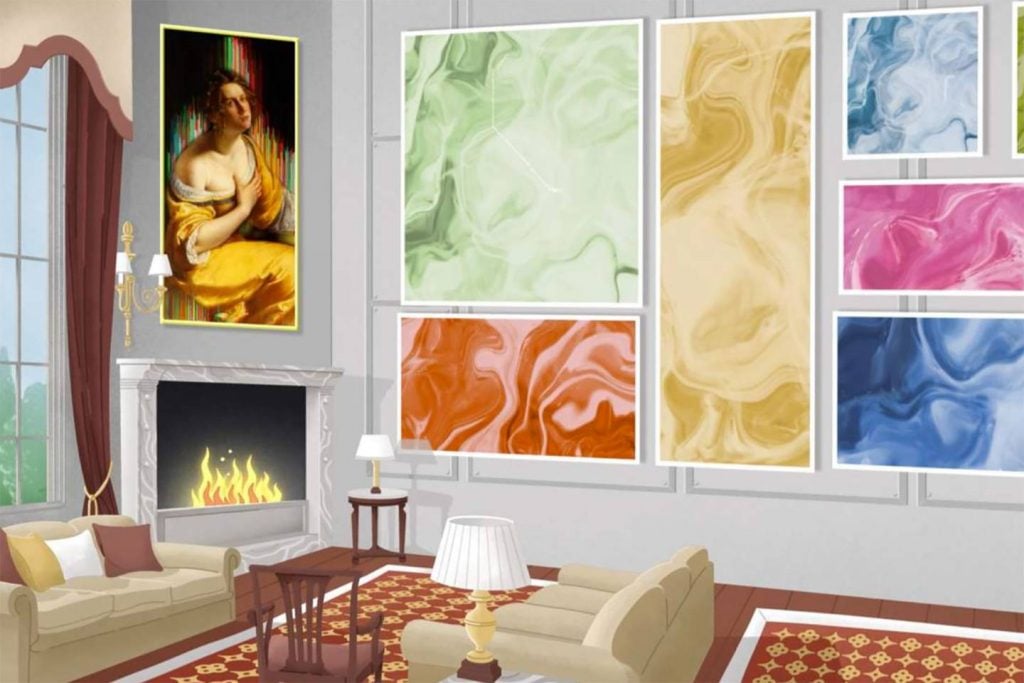
Rewind, Thinking of Helen. Courtesy of Amar Singh Gallery.
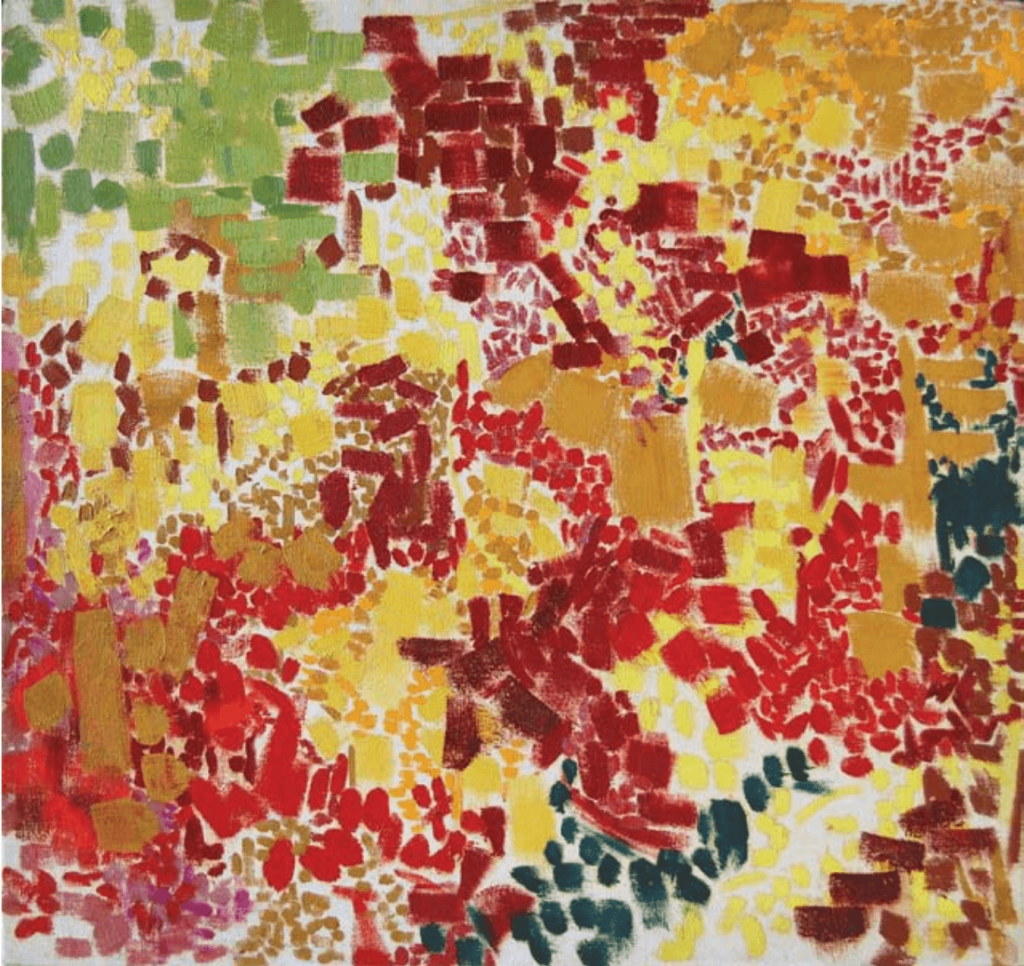
Lynne Mapp Drexler, Daffodil Gloucester (1960). Photo courtesy of Amar Singh Gallery/Christie’s New York.
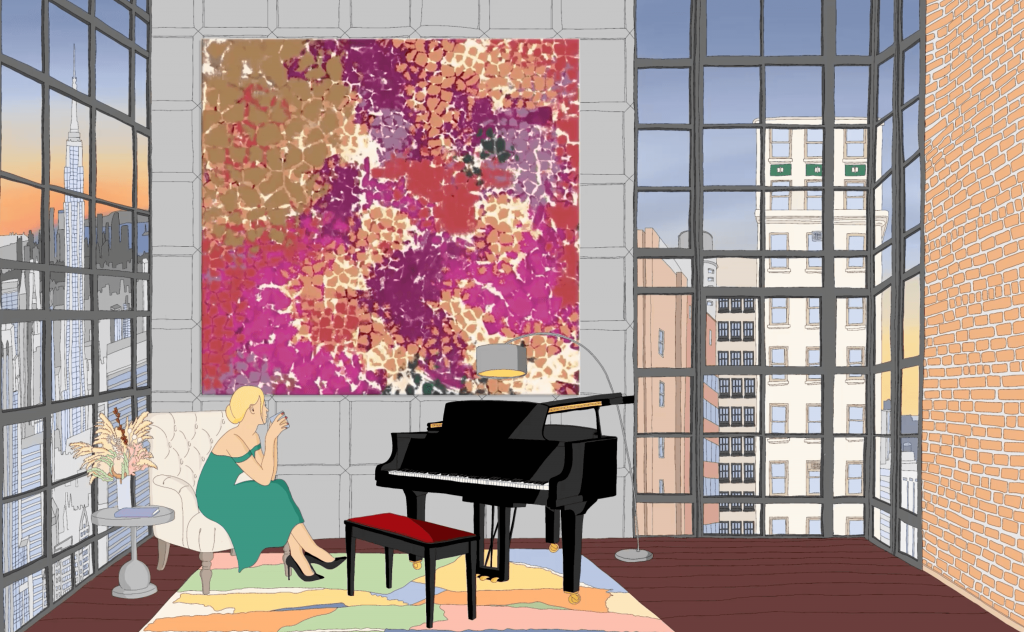
Rewind, Thinking of Grace Lynne. Courtesy of Amar Singh Gallery.
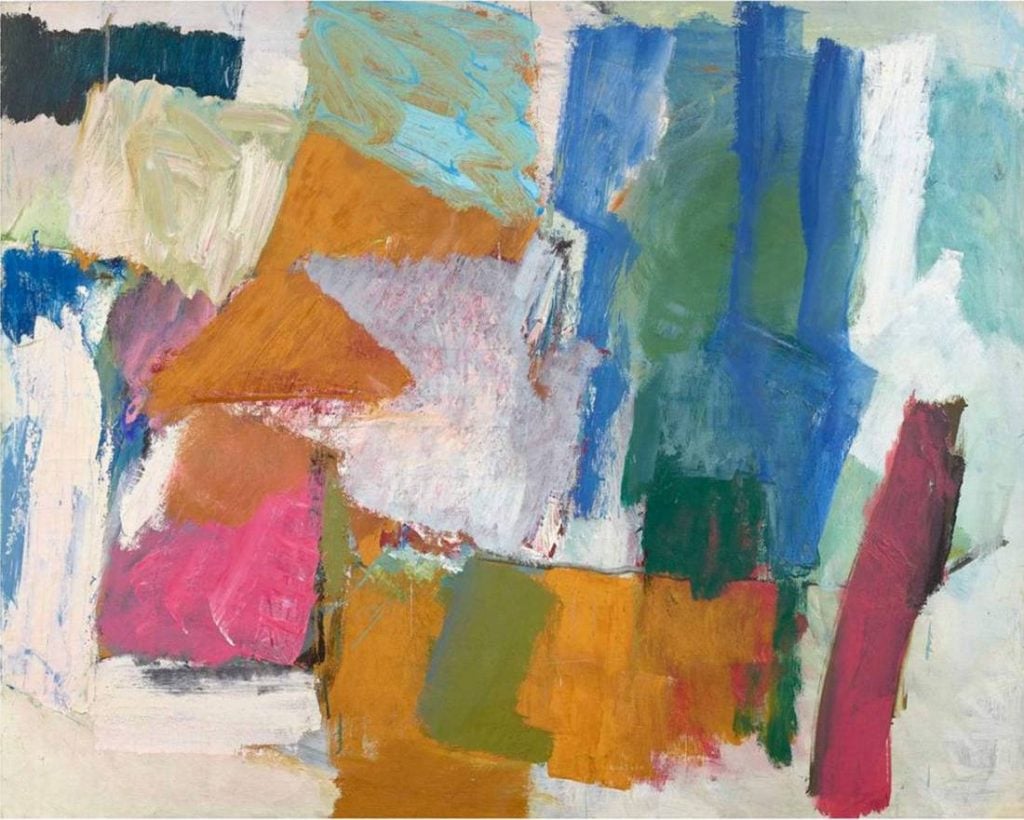
Yvonne Thomas, Untitled (1954). Photo courtesy of Amar Singh Gallery/Christie’s New York.